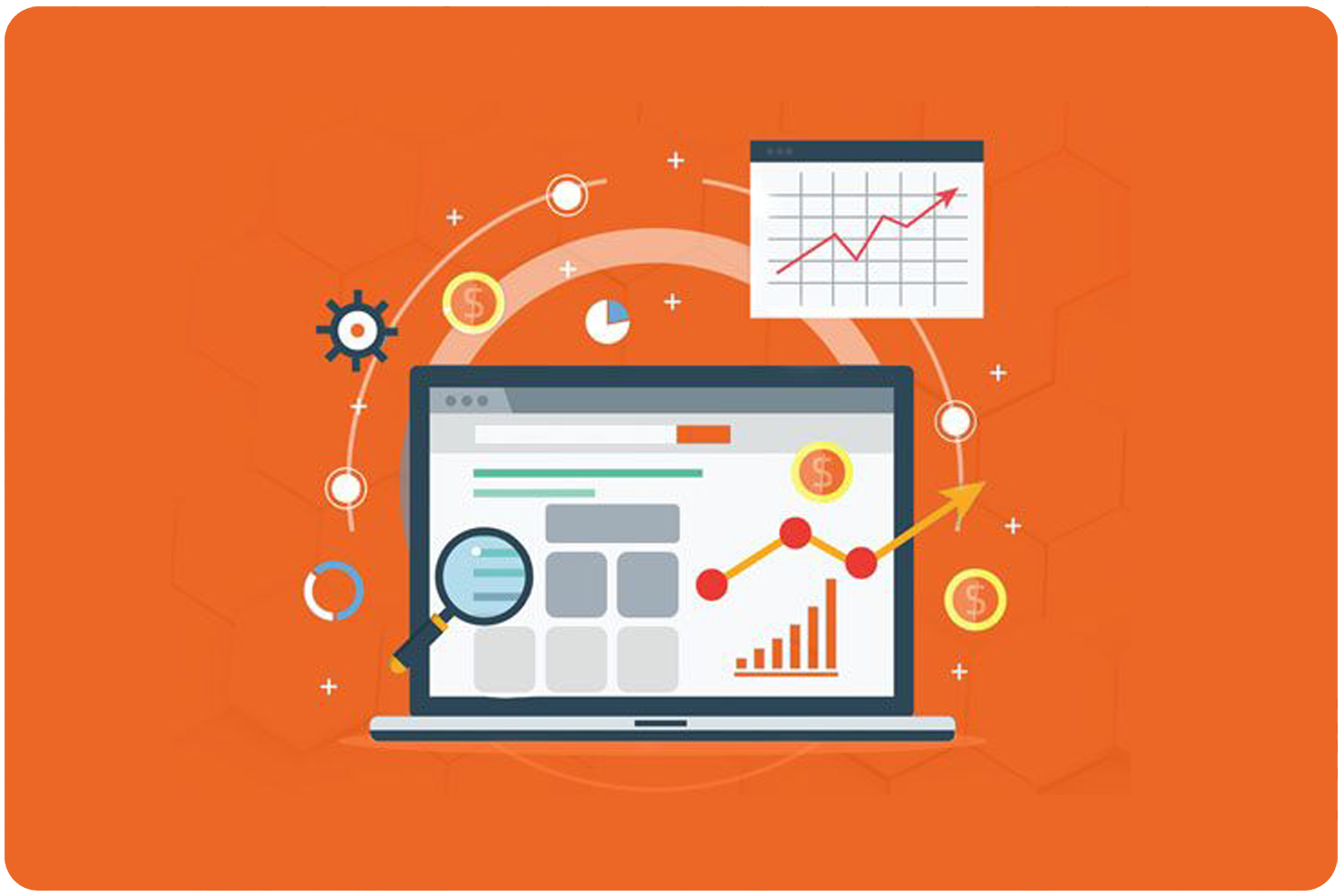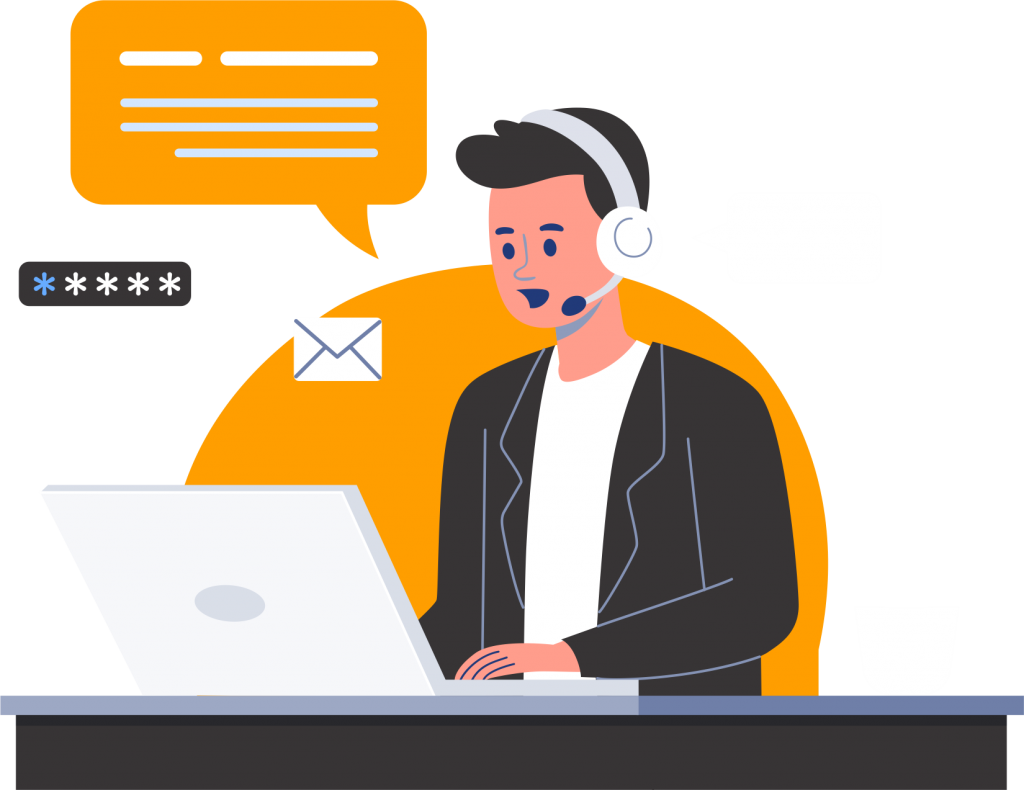If you own (or market) an ecommerce business, perhaps one leveraging a Magento website, you have many goals. You want to generate quality leads. You want to build trust with valuable content. You want to promote a stellar customer experience. And of course, you want to be a leader within your industry in providing outstanding customer service. Those are just some of your goals, and they’re all important.
But as important as they are, they’re secondary to the one goal that defines more than any other whether your online store wins or loses. That goal is to sell more products, to maximize profitability, in other words.

But here’s the thing: you can’t increase sales if people never find their way to your shopping cart—if they, say, go to one of your product pages and abandon your site for one of your competitors. Said differently, your ecommerce business can’t succeed if too many prospective customers “bounce” off your site.
For this reason, as Small Business explains, bounce rate remains among the more important metrics for ecommerce businesses to measure:
Bounce rate is an interesting metric provided by most e-commerce analytics programs. It is one of the “key performance indicators,” or KPIs, that e-commerce sites can use to monitor and assess the traffic on the website. While it is difficult to define a “good” bounce rate, monitoring this metric as it relates to actions taken to engage customers can be enormously productive.
What Exactly Is Bounce Rate?
Some metrics are complicated—this isn’t one of them. When someone goes to your website, visits a single page and leaves, that’s a bounce. When 100 people visit your website, and 30 of them leave after viewing a single page, that’s a 30% bounce rate.
That’s it, simple: but the simplicity of defining and calculating the bounce rate on your ecommerce site shouldn’t blind you to the disastrous impact too many prospective customers bouncing can have. Simply stated, if your bounce rate is too high, it can kill your business.
What’s too high? Well, the average bounce rate for ecommerce stores is about 46%. An “acceptable” bounce rate is anything from 30% to 55%.
Then again, is an “acceptable” bounce rate acceptable to you? After all, you didn’t start your ecommerce business to be “acceptable.” You founded it to be one of the best in your industry—and that means you need to find effective strategies to lower your bounce rate.
Why Is Bounce Rate Important?
Ever been rejected by someone you liked? Not a good thing, but at least you could console yourself with the old, “there’s plenty of fish in the sea” truism. That’s not exactly how it works when rejection happens on your ecommerce site. Here’s why.
In the first place, every time someone bounces, they’re not doing that one thing you need them to do for the health of your business—they’re not buying your products. In the second, Google and other search engines punish websites with high bounce rates by lowering their search rankings.
That means your website is less visible to consumers looking for products like yours, further hurting sales. That’s adding insult to injury—and it can be devastating for sales and the long-term viability of your business.
Are There Effective Strategies To Reduce Bounce Rate?
There are. Of course, every ecommerce business is different, with different customers and different marketing challenges. That said, there are some best practice strategies which can help the lion’s share of them reduce bounce rate and, in the process, boost sales—including the following five:
1. Reduce Page Load Time
A few years ago, HubSpot raised a few eyebrows when it published “17 Things People Absolutely Hate About Your Website.” Number one on their list of hated things was sites that take too long to load.
In fact, consumers “hate” those sites so much that more than 40% will abandon a site that takes more than 3 seconds to load. Think about that—if your ecommerce site takes too long to load, you could be losing 4 of every 10 prospective customers. If your site takes too long to load, you need to fix the problem yourself or partner with a web developer who can fix the problem for you.
2. Keep Your Content Promises
Ever click on an organic search result or PPC ad that promises one thing but delivers another—say an ad for “refrigerators” that takes you to a product page with washing machines? How did that make you feel? It probably made you feel like the seller didn’t know what he was doing, or maybe even scammed.
Providing content that’s relevant to the keywords consumers type into Google, and to the copy in your ads, is critically important both to build trust in your business and to reducing bounce rate. Make sure in other words that the content you deliver is tightly aligned with keywords, search intent and ad copy.
3. Tidy Up Your Content Pages
Spoiler alert: consumers today are busy, impatient and easily frustrated. They don’t read long blocks of text—in fact, most don’t read at all—they scan, skim and peruse—but they don’t read, certainly not the way they read “Moby Dick” in high school.
And here’s the thing—neither do you. Have you ever clicked on a search result for some information you really wanted and needed, only to be confronted by a seemingly endless block of undifferentiated text? How did that hit you, and what did you do about it? If you’re like most consumers, there’s a better than even chance you looked for the nearest exit, like the back button.
That’s precisely the way customers for your ecommerce business feel when you pummel them with a wall of text, and they’ll do the same thing you’d do in the same circumstance—they’ll bounce off your site.
To keep your bounce rate low, you need to effectively format your content to make it easily intelligible and scannable with a minimum of effort from site visitors. That means effectively using headers and sub headers, using bulleted lists (where appropriate), including helpful images and infographics, keeping paragraphs short and matching reading level to visitors’ abilities and expectations.
4. Tell Prospective Buyers What You Want Them To Do
The last thing you want to do is confuse prospective customers with opaque or confusing calls to action. You need to find ways to make call to action buttons easily visible (for example, by using colors that stand out against their background), and to make the words in your call to action clear, persuasive and compelling. Take some time to learn about best practice strategies for creating effective calls to action, things like using strong action verbs (like “buy,” “shop,” or “order”) and giving site visitors a good reason to take the action you want them to take.
Equally important, providing multiple calls to action on the same page is asking customers to do too much. Why give them a host of choices when a single, discrete call to action will do the job?
5. Optimise Your Product Pages
This is where the rubber meets the road, as they say. You’ve spent a lot of time and marketing money to get prospective buyers to your product pages—the last thing you want is for them to bounce off those pages because of some simple design or usability mistake.
Here’s an example: someone who’s not too tech-savvy wants to buy a printer that works with their laptop. That’s their one question—will this printer work with my computer? But the product page seems to dance around the answer. The result? They abandon your site and go to one of your competitors’.
You need to know precisely what consumers expect to see and what questions are top of mind for them as you design your product pages. That typically means providing, at minimum:
- helpful (and easily understandable) product specs;
- useful customer reviews;
- specific return policies;
- intuitive drop downs for quantity and other product options;
- complete information about cost (do not hit people with surprise costs for shipping after they’ve entered your cart); and
- an “add to cart” button that’s clearly visible and easy to find.
Conclusion
Reducing bounce rate on your Magento site is one way to increase your ecommerce sales, but it’s not the only one. In fact, it’s one piece of a much larger series of strategies which, separately and together, can take your online store to the next level.
Said differently, crafting an effective, unified ecommerce marketing strategy can work for your business—but it can also be both confusing and complicated. Fortunately, there are experienced agencies with outstanding Magento experience who can give you the guidance and practical advice you need to succeed.
To learn more about the ways our Magento Web Development, Magento 1 to Magento 2, migration, integrations, conversion rate optimization and Magento Website Audit services can help you achieve your principal marketing goals, increase conversions, optimise customer experience, boost sales and help your ecommerce business grow, call us for a quick chat today.
Interested in our content?
Subscribe to our newsletter to get notified when we release a new podcast episode or new blog post.
At Mage Montreal, we strive to offer our clients affordable, top-notch services that are tailored to their individual needs. Our team of certified Magento developers are experienced and devoted to helping our clients accomplish their goals. Get in touch with us today to learn more about how our services can benefit your online business.

